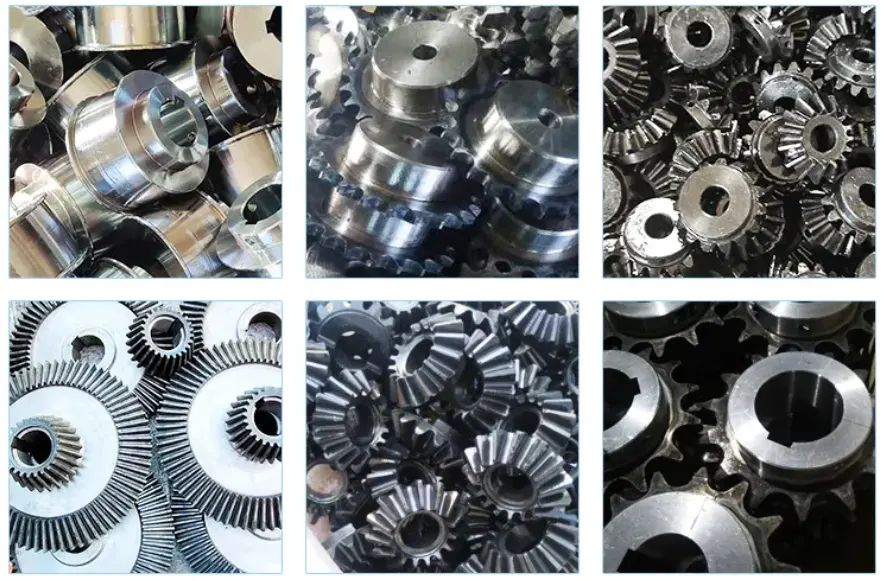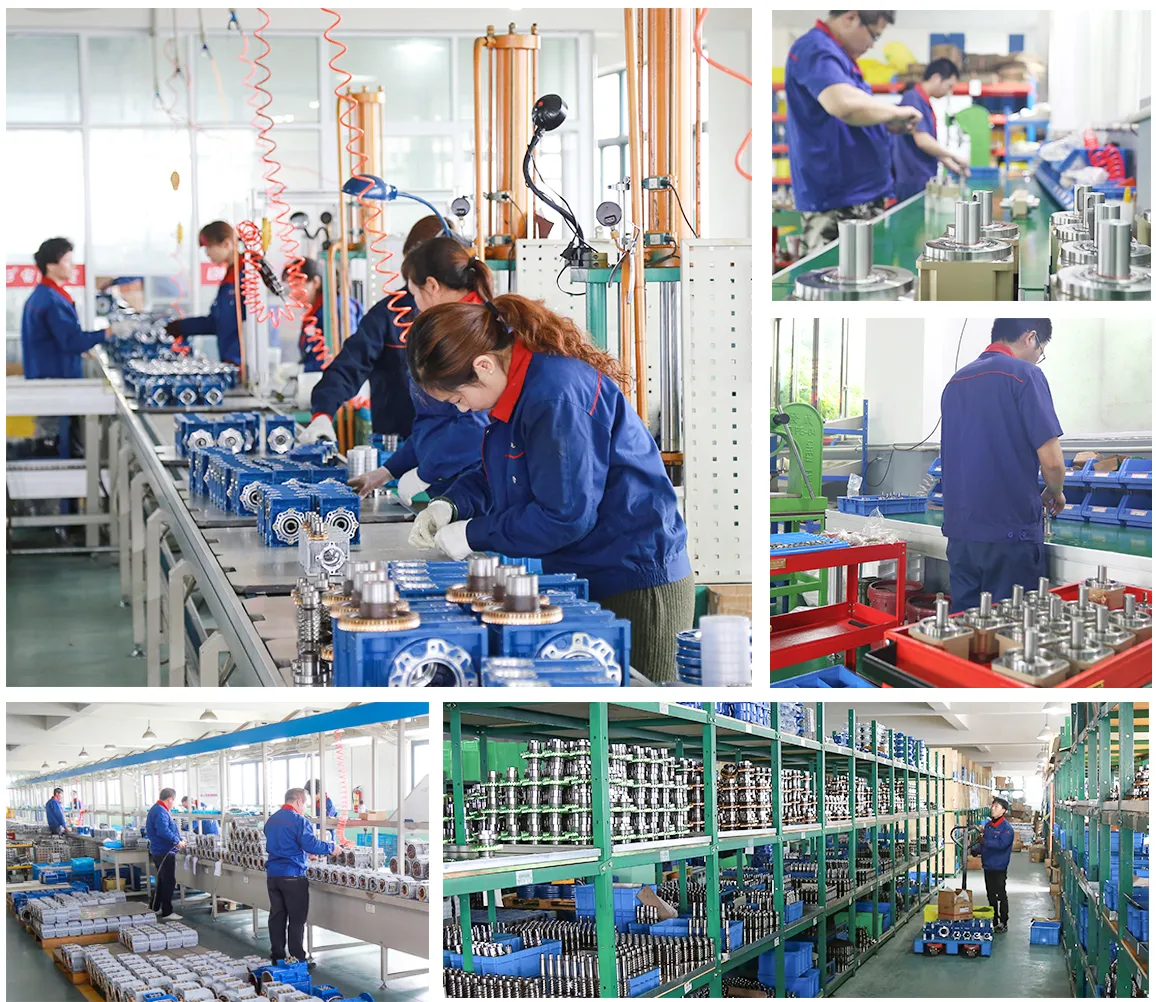This seemingly commonplace mechanical mechanism, the gearbox, is a vital “behind-the-scenes hero” in contemporary business. Gearboxes are found in everything from towering cranes to daily vehicles, from precise clocks to massive wind turbines. It quietly carries the weight of power transmission, torque and speed changes, and robust power support for a variety of mechanical devices.
Gearbox Classifications
Although there are many distinct kinds of gearboxes, they can be categorized using the following criteria:
-
Transmission method classification:
- Przekładnia planetarna: Consisting of a sun gear, a planetary gear, and a ring gear, it has a compact structure and a large transmission ratio, like a robot joint;
- Worm gearbox: It uses the meshing of the worm and the worm wheel to achieve transmission and has a self-locking function, like an elevator;
- Right-angle shaft gearbox: The input shaft and output shaft are at a 90-degree angle, suitable for occasions with limited space, like power tools;
- Parallel shaft gearbox: The input shaft and output shaft are arranged in parallel, with a simple structure and a wide application, such as automobile gearboxes.
-
Sorting by type of gear:
- Cylindrical gearbox: This type of gearbox is appropriate for parallel shaft transmissions, as those seen in machine tools.
- Bevel gearbox: This conical gearbox is appropriate for gearboxes with intersecting shafts, like car differentials.
- Helical gearboxes have smooth transmissions, low noise levels, and gear tooth lines that are angled relative to the axis.

-
Application-field classification:
- Industrial gearbox: Used in mining, metallurgy, the chemical industry, and other industries for a variety of industrial equipment.
- Automotive gearboxes are used in engineering vehicles, motorbikes, and sports cars.
- Wind power gearbox: Used with wind turbines to accelerate the wind wheel to the generator's desired speed.
- Robot gearbox: Used in service robots, industrial robots, etc. that need to be highly reliable and precise.
Elements When Choosing Gearboxes
The following elements must be taken into account when choosing gearboxes:
- Ratio: The ratio between the input and output shaft speeds is known as the transmission ratio.
- Torque: The highest torque that the gearbox is capable of handling.
- Efficiency is the power output divided by the power input.
- Noise: The amount of noise produced while the gearbox is operating.
- Weight and size: Select the appropriate gearbox based on the load-bearing capability and installation space.
Gearbox Technology
Gearbox technology is evolving in tandem with scientific and technological advancements:
- novel materials: The gearbox's service life and load-bearing capability have been enhanced by the use of novel materials such composites and high-strength alloy steel.
- innovative procedures: The use of innovative procedures including heat treatment and precision casting has increased the gears' surface quality and machining accuracy.
- Intelligence: Online gearbox monitoring and fault diagnosis are now possible thanks to the use of technologies like sensors and controls.

The skrzynia biegów is the central component of power transmission, and its dependability and performance have a direct impact on how well the overall mechanical system works. As industrial technology continues to advance, gearboxes will become more intelligent, dependable, and efficient, offering greater power support for the advancement of human society.
